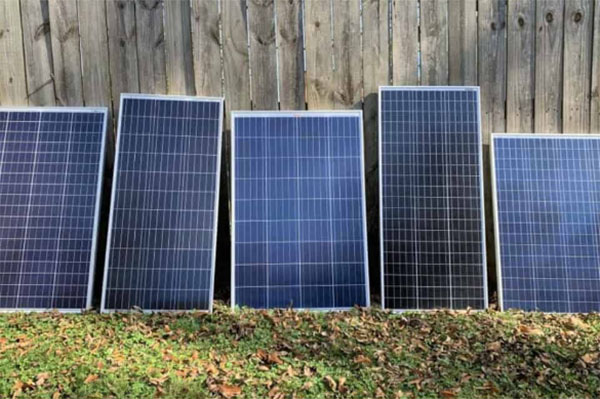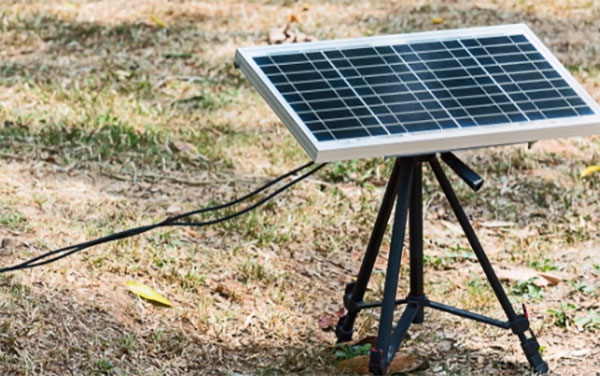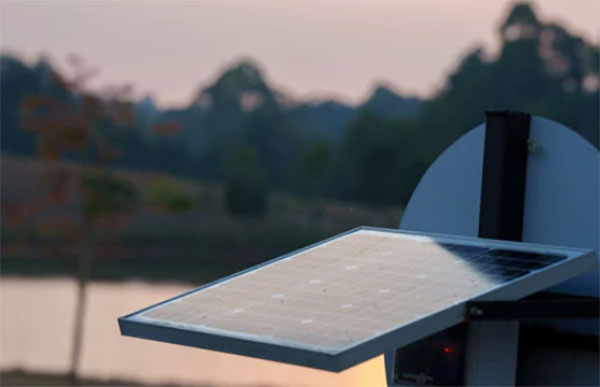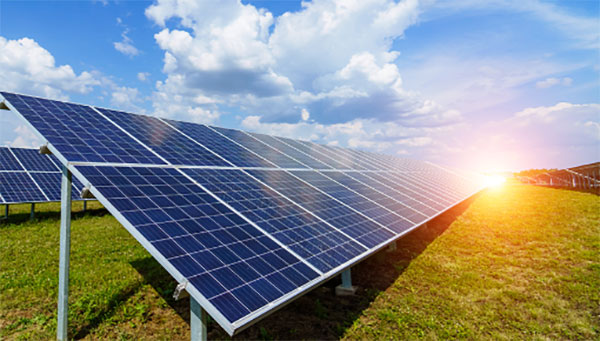Description
A 100W solar panel should produce about 5.55 amps at 18 volts under optimal conditions.How to Calculate the Amps of Solar Panels
Understanding how to calculate the current (amps) a solar panel can produce is essential if you’re trying to design and make a solar part of a larger system, which affects how you go about wiring the panels. It’s beneficial to not only have an idea of the capacity of the panels, but how that translates into efficiently matching them with the system’s requirements.
Calculate the Amps
The basic formula to calculate the current is derived from Ohms Law and the power equation. Power = Voltage × Current. Therefore, using basic algebra, the formula to find current looks like this:
Current = Power / Voltage
So for example, a 100W solar panel operating at a voltage of 20 volts would produce:
5A = 100W / 20V
Thus you see that the current produced is directly proportional to the panel’s wattage and inversely proportional to its operating voltage.
Why Voltage is Important in Calculations
Voltage is critical in calculating the current a solar panel can produce, because the actual conditions of the environment it’s working under will change the panel’s operating voltage, which in turn affects the amperage output. PV panels are often rated under standard test conditions (STC) that include a temperature of 25°C and an irradiance of 1000W/m² that produce a PTC rating on the module that’s roughly 20% less. Real conditions vary, which changes the voltage and consequently, the current output.
The voltage at maximum power is a specific point on the panel’s voltage-current curve that is the product of the highest power output. The panel’s efficiency is highest at or near this voltage.
Also, an understanding of the voltage is crucial for system compatibility, especially if you are going to wire the panels to other electrical equipment. Wiring multiple panels together in series or parallel affects the overall voltage and amperage of the system. For example, if you wire multiple panels in series you will increase the voltage, while wiring them in parallel increases the current
Calculating Amps from Solar Panels
Understanding how to calculate current a solar panel can produce is fundamental and essential to designing and optimizing a solar power system. It's not only about knowing the capacity of the panels, but also about efficiently matching them with the system's requirements.
Formula for Calculating Amps
The basic formula to calculate the current (in amps) that a solar panel can produce is derived from Ohm's law and the power equation. Power (in watts) = Voltage (in volts) × Current (in amps). Thus, to find the current, you can use the formula: Current (in amps) = Power (in watts) / Voltage (in volts) For example, let's find the current of a 100W solar panel at 20 volts: 100W / 20V = 5A This shows that as the wattage of a panel goes up, so does the current. Conversely, as the operating voltage of the panel goes up, the current goes down.
Importance of Voltage in Amp Calculation
Voltage plays a critical role in the current produced by a solar panel. While panels are often rated under standard test conditions (STC), the voltage could vary depending on actual conditions. The voltage at maximum power (Vmp) is a point on the voltage-current curve of the panel where the output of the panel is greatest. When operating at or near this voltage, the panel's output is at its peak efficiency.
Optimizing Solar Panel Usage
Maximizing solar panels involves several strategies, which include pairing them with batteries, and using solar charge controllers. These latter components are integral for a reliable and efficient solar power system.
Pairing Solar Panels with Batteries
Pairing the right solar panels with the correct batteries is crucial for storing the energy that the former generates. That’s because the capacity of the battery — measured in amp-hours (Ah) — should correspond with the energy output of the solar panels. When this is achieved energy is neither wasted nor is there too little. For example, a 100W solar panel provides an average of 5 amps per hour in peak sunlight. To store this energy over several days one would need a battery with sufficient capacity. A 12V battery with a 50Ah rating could store about 10 hours of peak sunlight energy from this panel.
The battery technology one selects also carries further optimization implications. This is because the more expensive lithium-ion batteries enjoy practical benefits such as much higher efficiency and longer lifespan than traditional lead-acid batteries. That said, on a more complex expense matrix — such as one that includes initial costs contrasted with long-term benefits and performance — one might choose the traditional chemistry anyway.
In conclusion, selecting the right battery size and technology ensures that the solar power system can best meet the energy demands placed on it. This in turn allows the system to provide a reliable power supply and extend the lifespan of all the system’s components.
Solar Charge Controllers: Types and Benefits
Solar charge controllers manage the flow of electricity — from the solar panels to the battery — and stop charging the batteries when they are full. This latter capability is especially important, as leaving the batteries charging after they are full would significantly reduce their life. There are two main types of solar charge controllers: PWM (Pulse Width Modulation) and MPPT (Maximum Power Point Tracking).
PWM controllers are cheaper, yet effectively done in small and simple systems where the solar panel’s voltage closely matches the battery bank’s voltage. They manage the energy flow by reducing current slowly as the batteries become full. This in turn extends their life.
MPPT controllers, are more expensive, but more efficient if the solar panel’s voltage is much higher than that of the battery bank. They optimize the power output from the solar panels. As they do, they convert any excess voltage into additional current — one that otherwise would never discover that power, much less transfer it to the batteries. This action when multiplied across the full system, significantly increases the whole system’s efficiency. All of this makes MPPT technology the best choice for larger installations or systems located anywhere with variable sunlight conditions.






